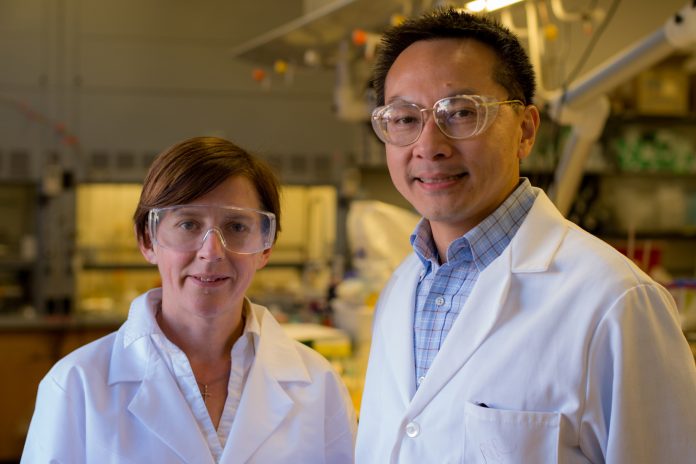Engineers at Rice University’s Nanotechnology Enabled Water Treatment (NEWT) Center have found a catalyst that cleans toxic nitrates from drinking water by converting them into air and water.
“Nitrates are both an environmental problem and health problem because they’re toxic,” explained Michael Wong, Chemical Engineer, Rice University and lead scientist on the study that was published in the American Chemical Society journal ACS Catalysis. “There are ion-exchange filters that can remove them from water, but these need to be flushed every few months to reuse them, and when that happens, the flushed water just returns a concentrated dose of nitrates right back into the water supply.”
Wong’s lab specialises in developing nanoparticle-based catalysts, submicroscopic bits of metal that speed up chemical reactions.
“Ultimately, the best way to remove nitrates is a catalytic process that breaks them completely apart into nitrogen and oxygen, or in our case, nitrogen and water because we add a little hydrogen,” he said. “More than 75 percent of the Earth’s atmosphere is gaseous nitrogen, so we’re really turning nitrates into air and water.”
From their previous work, Wong’s team knew that gold-palladium nanoparticles were not good catalysts for breaking apart nitrates. Kim Heck, a research scientist in Wong’s lab and co-author, said a search of published scientific literature turned up another possibility: indium and palladium. The team found that the indium speeds up the breakdown of nitrates while the palladium keeps the indium from being permanently oxidised.
“Indium likes to be oxidised,” said Heck. “From our in situ studies, we found that exposing the catalysts to solutions containing nitrate caused the indium to become oxidised. But when we added hydrogen-saturated water, the palladium prompted some of that oxygen to bond with the hydrogen and form water, and that resulted in the indium remaining in a reduced state where it’s free to break apart more nitrates.”
Wong said his team will work with industrial partners and other researchers to turn the process into a commercially viable water-treatment system.








